How did you choose the location for a shoot?
The exciting thing about being a freelance stock photographer, is that the choice of location for a shoot is, in theory, infinite. However, there is often a location that stands out as the next place to shoot. Sometimes the time of year comes into play, for example the beautiful New England Fall Foliage, or perhaps, like Manhattan or Shanghai over the last few years, you are waiting for a significant building to be completed. Then there are the next “in” places. Cuba and specifically Havana are top of that list. With the US embargo on the island being relaxed, there is the feeling it needs to be photographed before too much of the character is lost.
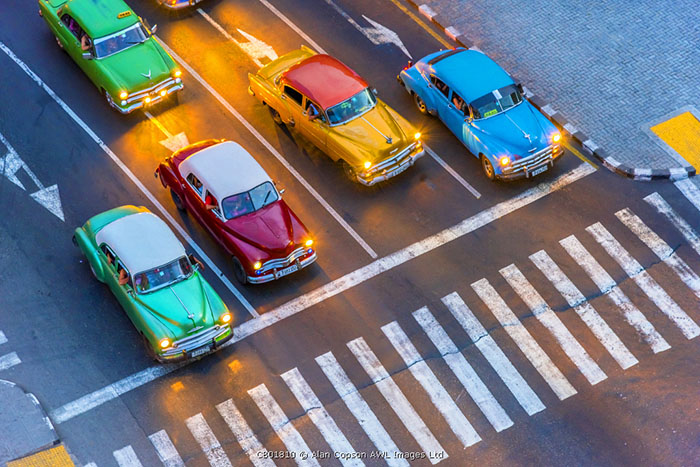
What goes in your luggage, how much did it weigh?
Whenever you get a group of travel photographers together, it’s never long before the subject of how to get yourself and kit to the location comes up, with airline baggage weight restrictions being of particular concern.
While most photographers have a particular style and way of shooting, to get the most from a shoot often requires a wide range of lenses, covering a large range of focal lengths, from ultra-wide to telephoto. Add to this, perhaps, a specialist tilt-shift lens, a very wide aperture lens for low light or starry sky photography and a laptop. While all these might not all be in your camera bag on every day of the shoot, they are quite delicate, so all need to be in your hand luggage when flying, leading to weighty hand luggage. This can require a sunny smile and careful negotiation at check-in!
Hold luggage can be a similar experience, with extra clothes being left behind in favour of battery chargers, cables, tripods and a myriad of other items, often taken as back-up or “just-in-case”. Many of these items will never be used, but replacements are hard to find outside major cities. As the luggage scales rise above the magic 23kg, the dreaded excess baggage fee looms.
What’s your experience at the airport?
Contrary to most airports, where security screening takes place before you take off, the interesting thing about arriving at Havana’s José Martí International Airport is that your luggage also gets X-rayed on the way in to the country. This is more about spotting illegally imported items than security. After my hand-luggage was X-rayed and searched, I was informed that I had “too many cameras” and was taken aside to explain myself. Cue sunny smile once more…
How did the weather affect your shoot and what did you do when the weather gods misbehaved?
As you can imagine, the weather can be both your best friend and worst enemy. Being in position, ready to shoot, half an hour before the sun rises can be an amazing experience. Even in a big city, you can enjoy some calm, free from the roar of traffic and crowds of people. Often you are rewarded with a beautiful display, the sun lighting the underside of the clouds. Of course, having a run of 4am rises, where the weather doesn’t play along can be a little demoralising!
My most spectacular sky on this shoot was a sunset, along the Malecon, the coastal road of Havana (CB01867). There was heavy cloud, and a storm forecast, but the setting sun just caught the lower clouds, bathing them in an orange glow against the darker skies behind. Tourists and locals promenade along the footpath, while brightly coloured 1950’s American V8’s rumble past… pure Havana!
Of course, these moments don’t last long. Minutes after this shot was taken, the sun slipped away and a pitch black cloud slid across the sky. The heavens opened just after I arrived at the little restaurant I’d planned to eat in that night. Because of the deluge, I was the only customer for a good hour, so had the chef and the local band to myself.
Truly bad weather can be an excuse to catch-up on sleep, start editing what you’ve already shot or searching out more subject matter for when the weather improves. “Bad weather” can sometimes make some interesting images, think Union Jack umbrellas in London, or shiny pavements reflecting street lights.
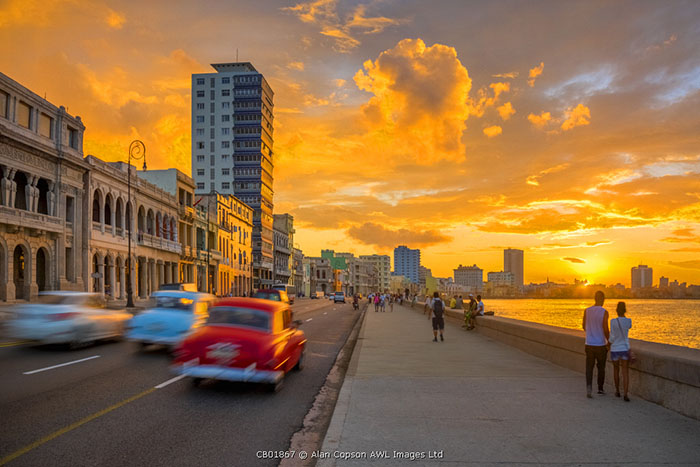
How much did you shoot, how did you store and back up the images
On this shoot, I took around 5000 images. This number is always higher in cities, compared to a landscape shoot, as there is often a lot of movement in the shot, so it’s important to get the timing just right. A city shoot can also be about the myriad of details, while shooting landscapes can be more considered and waiting for the perfect light is more of a concern.
At the end of each day, the images are copied directly from the camera memory card to a hard drive.
What’s a typical day like? Does it start with a leisurely breakfast and finish at 5.30?
A typical city shoot will hopefully mean I’m not too far away from what I intend to shoot. In Havana, I was well placed on the edge of the old town so everything was close at hand.
05:00 Rise. Typically, I like to be where I want to shoot at least 30 before actual sunrise. In Havana that was around 6:30am, so my alarm was for around 5am, leaving the casa particular as quickly as I could.
06:30 Shooting Sunrise along the Malecon or the lighthouse at the Castillo del Morro across the mouth of the harbour from the old town.
I’ll usually carry on shooting, either a similar location, as the light changes, or move on to the Old Town, shooting the still quiet plazas before the tourists arrive.
10:00 Breakfast? Having hopefully enjoyed the colours of a perfect sunrise and the warm glow of the early morning light on the old colonial buildings, buy 9 or 10am the light starts to feel a little flat. Perfect time for breakfast. Often by this time I’ve missed the hotel breakfast, so hopefully a nice cafe with a view…
11:00-12:00 Return to hotel to shower, backup images and probably catch up on some sleep, aircon on!
15:00 Outside again, probably with just my small camera bag, shooting some street scenes and thinking of locations for the evening shoot.
18:00 Shooting Sunset. You might expect sunset to be very similar to sunrise, but I often find the quality of the light in the evening is much more dramatic. The whole experience is different as the traffic roars, locals and tourist enjoy the cooling evening air, so there’s much more movement.
Did you travel alone and did you use a model or talent?
Generally I travel alone and don’t often shoot actual models, though I try and place myself or a passer-by in a shot to add a sense of “being there”. This shoot was a little different, as I was given the details of someone that could model for me. As Havana is such a photogenic city, I wasn’t as worried about having the perfect weather, as I would have shooting a model on a beach.
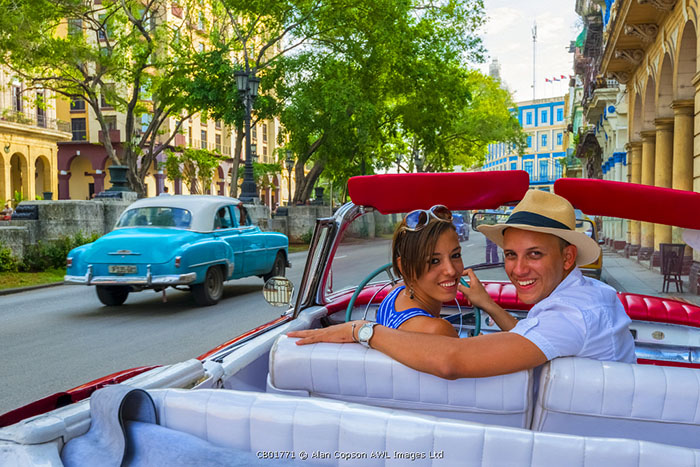
How much work was involved in post production and editing?
As a minimum, I would estimate for every week I spend shooting, I would spend 3 weeks editing and planning the next trip. Occasionally the work takes longer than that.
Did you do extensive photoshop work on your images?
In these days of the digital workflow, I am not sure how “extensive photoshop work” would be defined. The raw files that come from the camera would be extremely dull, even if it is of the most colourful subject. Initially the images are imported into the cataloguing and editing software Lightroom. I apply a standard “look” to all the images, so they feel as I remember the scene to be.
The most “work” I do on images is probably when making a panorama, which requires joining a number of images together to produce a wide horizontal image. While Photoshop does an amazing job in stitching images together, there are often some parts that don’t align correctly, so can require additional work.
For more images from Alan’s Cuba shoot click here
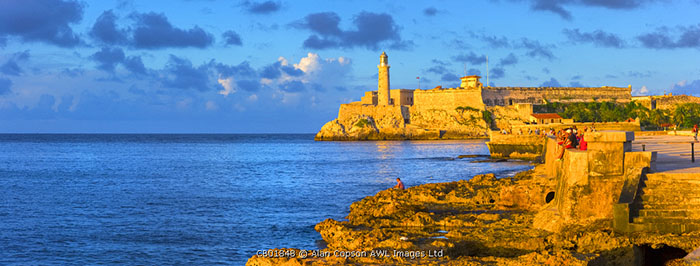
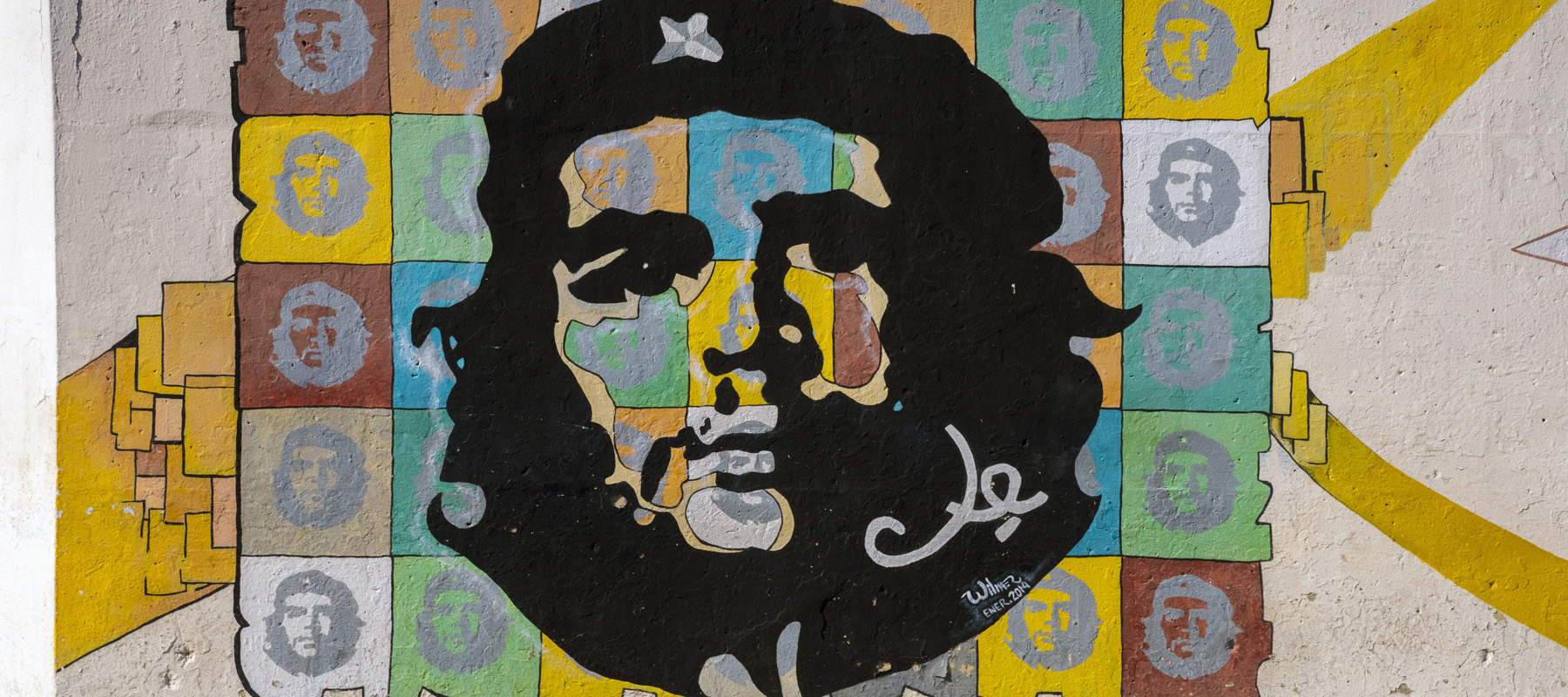
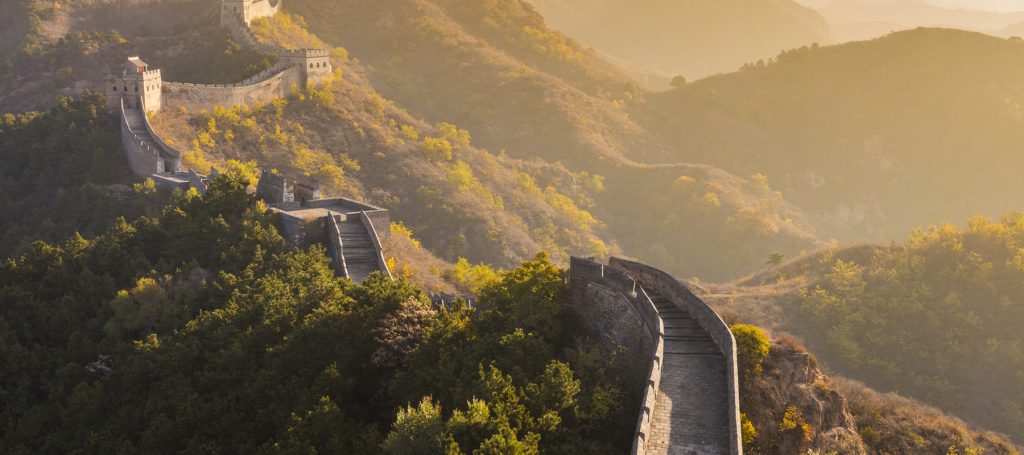
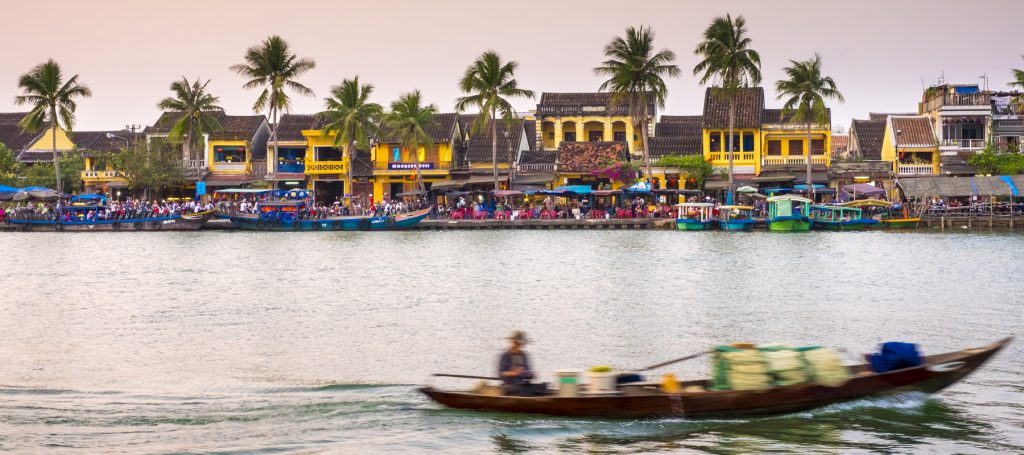
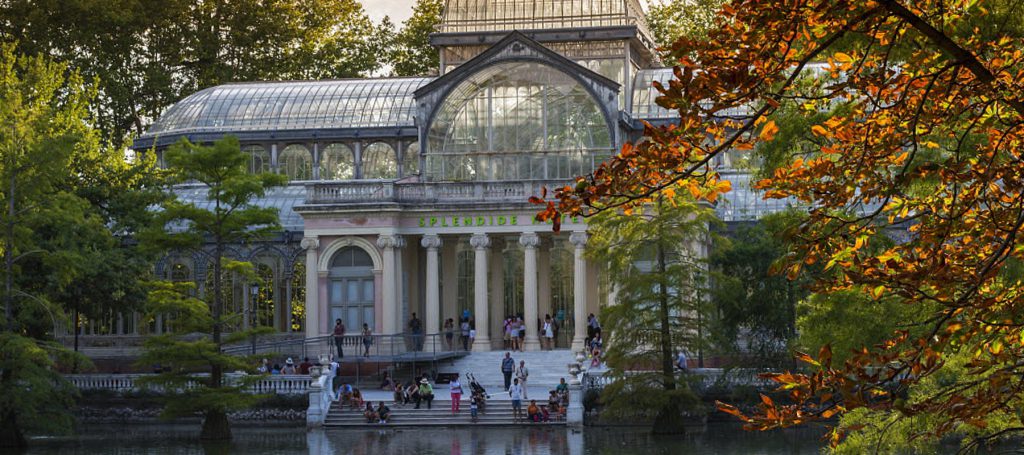
Love that che shot!
wonderful and interesting post